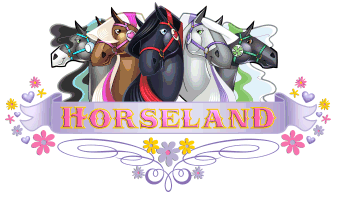Nightjohn tells the story of a young slave girl, Sarny, who surreptitiously begins learning how to read — an act that is utterly forbidden for a slave. She and John, her teacher, face potential whipping and worse in scratching out letters in the dust of the slave quarters. It’s a vivid example of the power of education and literacy, and the two classes of mine that are reading it have become utterly engrossed. So when I was munching on peanuts during my planning period, taking the ten minute news break I allow myself, and I read the story of Malala Yousafzai, I knew I had to incorporate her story into our unit.

Yesterday I had students read an article from the Washington Post, practicing some literacy strategies we’ve worked on this year to make sense of the difficult passages, then had students write a brief compare/contrast paragraph about Malala’s situation and the dangers Sarny faces in the book. The parallels are striking: both girls are risking death for an education; both girls are being denied an education because of xenophobia; both girls defiantly stand up to the xenophobia; both girls suffer because of their courage — the list could be virtually endless.
Today, the students came into class talking about the story.
“I watched it on the news. The article we read said she was shot in the neck, but on the news, they said she was shot in the head,” one girl explained.
“Yeah,” another added, “but I heard she’s been moved to another hospital and should be okay.”
They continued this way for some time and were excited when they discovered the bell ringer included passages from Yousafzai’s diary.
At the end of the day, when my first period comes back for the final thirty minutes of “flex time” (which doesn’t seem to be as flexible as the name would indicate), a girl who often seems disengaged and occasionally even refuses simply to do anything in class came in excited to tell me that the Yousafzai story was featured on the daily kids news show students watch in social students.
“Mr. Scott, she wasn’t shot in the neck,” she explained. “She was shot in the neck and the head!” She, who sometimes would sleep through class if I allowed it, was excited, engaged, and eager to discuss it — one of those moments that make me realize what a blessing it is to be a teacher.









